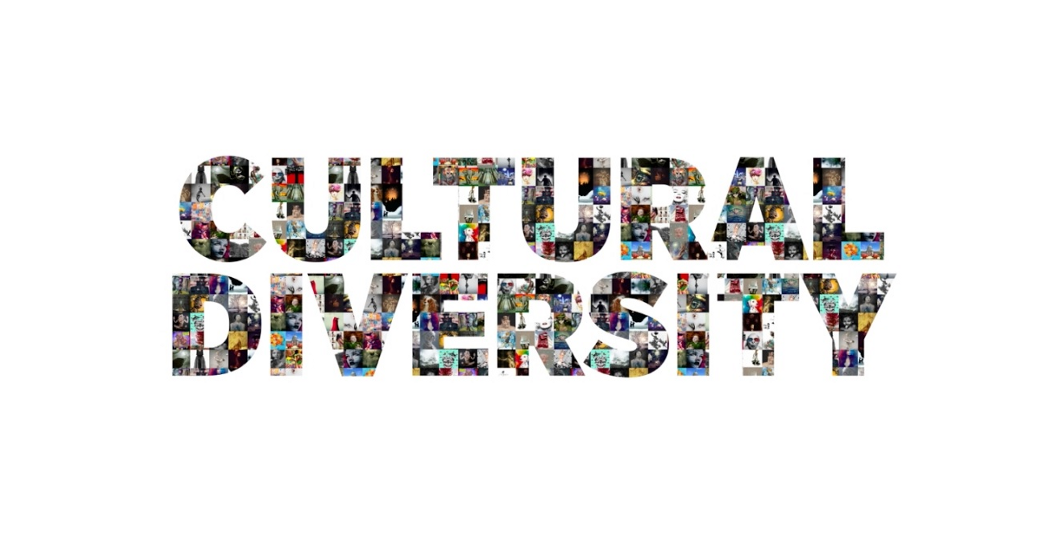
It’s much more than just dumping a bunch of different cultures together
I’ve found in talking with a number of companies — even Diversity professionals — that there’s a fair bit of confusion as to terminology and definitions with regards to Cultural Diversity. Am just curious if others have found this, also? Here are two examples:
1) When talking about Cultural Diversity, they say that they are doing very well, and have many different cultures represented in their company, and active programs to encourage hiring people from different cultural/ethnic backgrounds. However, when I dig deeper, I find that many of them have little or no training to actually promote cultural understanding and integration. If they do anything, they do a brief “This is American culture, and this is our company culture” intro, and leave it at that.
But just throwing together a bunch of people from many different cultures is actually a recipe for potential disaster, if those people are not also taught how to understand each other, adapt to different cultural behaviors, etc. To me, Cultural Diversity isn’t just “throw together a bunch of different cultures”. It is about eliminating cultural stereotypes and biases, and encouraging positive relationships and communication by empowering them to better understand not only cultural differences, but how to adapt to and benefit from those differences.
2) When I ask them about how many different cultures they have in their company, they say something like five, or ten, or twenty. When I ask them to identify those cultures, they’ll say something like Chinese, Indian, South African, etc. But when I dig deeper, I find that the ‘Chinese’ they are talking about are actually second or third generation Americans, and have little or no knowledge of Chinese culture; while people from cultures like Italy, Germany, and Scotland aren’t mentioned at all…they’re all just lumped together.
What’s happening here is a great example of a combination of confusing ‘race’ with ‘culture’; and of unconscious bias. Of course, in reality, people can be of entirely different races, and share the same culture…and can be the same race, but represent many different cultures.
Conclusion — Cultural Diversity is extremely important, particularly in our modern global society. Yet there are so many stories out there that highlight disastrous results when people from different cultures are put together in the same environment. And this is used as ‘proof’ that cultural diversity doesn’t work.
But that is not cultural diversity! Real Cultural Diversity comes about from actually improving the Cultural Intelligence of those involved, of taking the time and effort to actually help them understand each other. It means getting rid of stereotypes when teaching about culture (things like “Chinese people are like this” and “Germans are like this”); and identifying unconscious biases that underlay their interactions with each other.
Real Cultural Diversity is not only possible, it is very highly desirable! But it takes time, and effort, and education.
Contact Us To Help Your Company with Cultural Diversity Training

Leave a Reply
You must be logged in to post a comment.